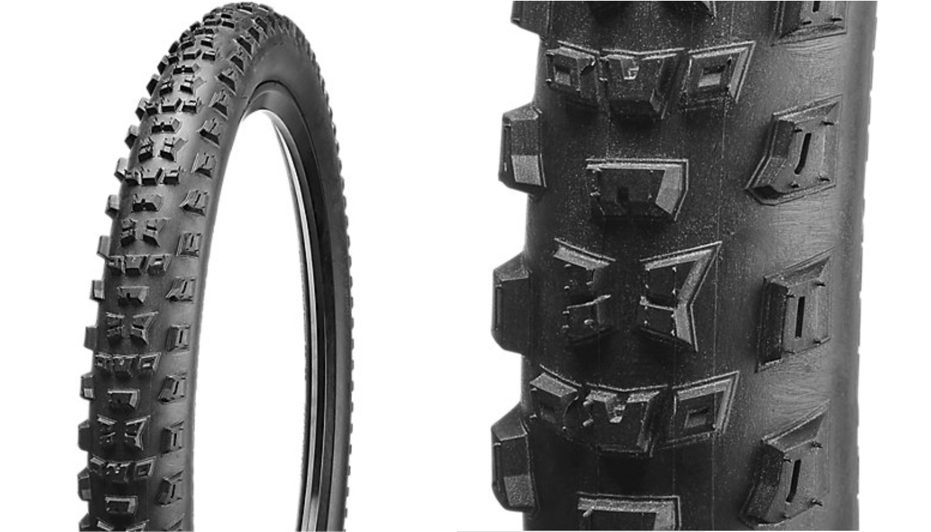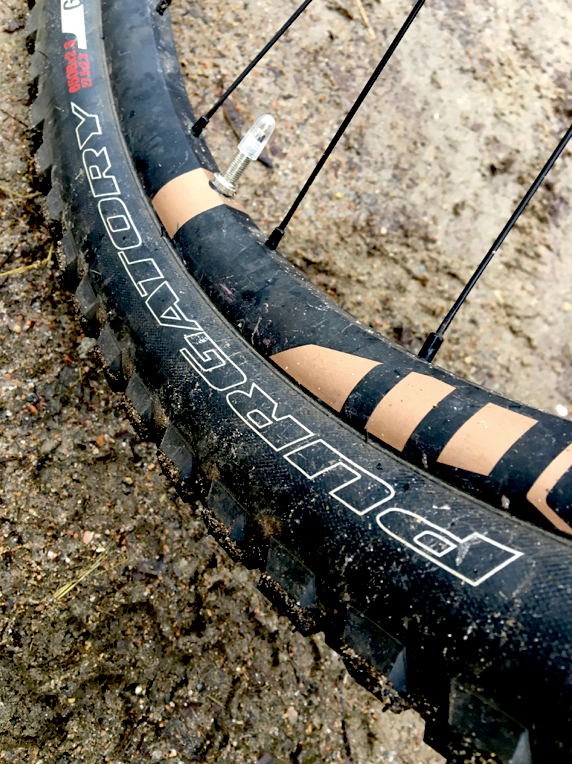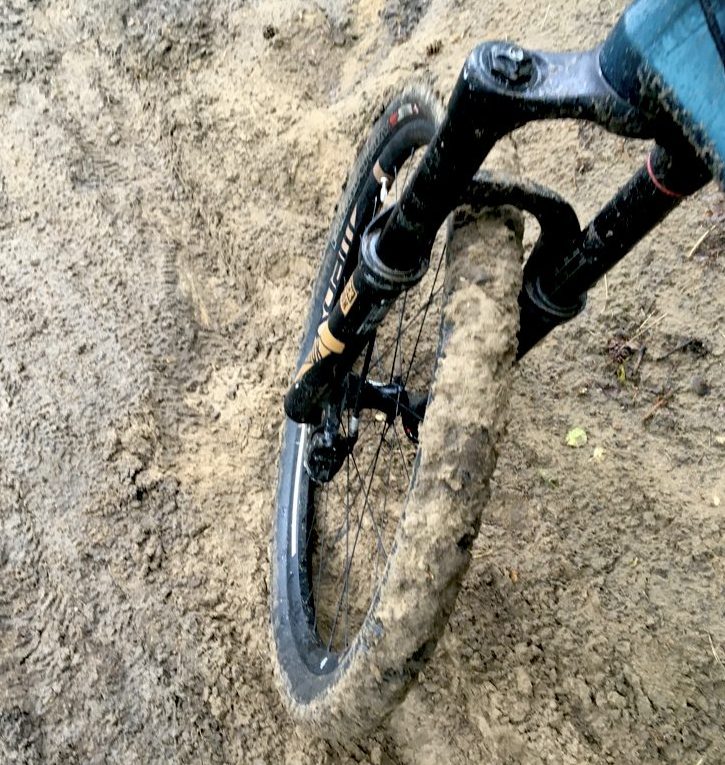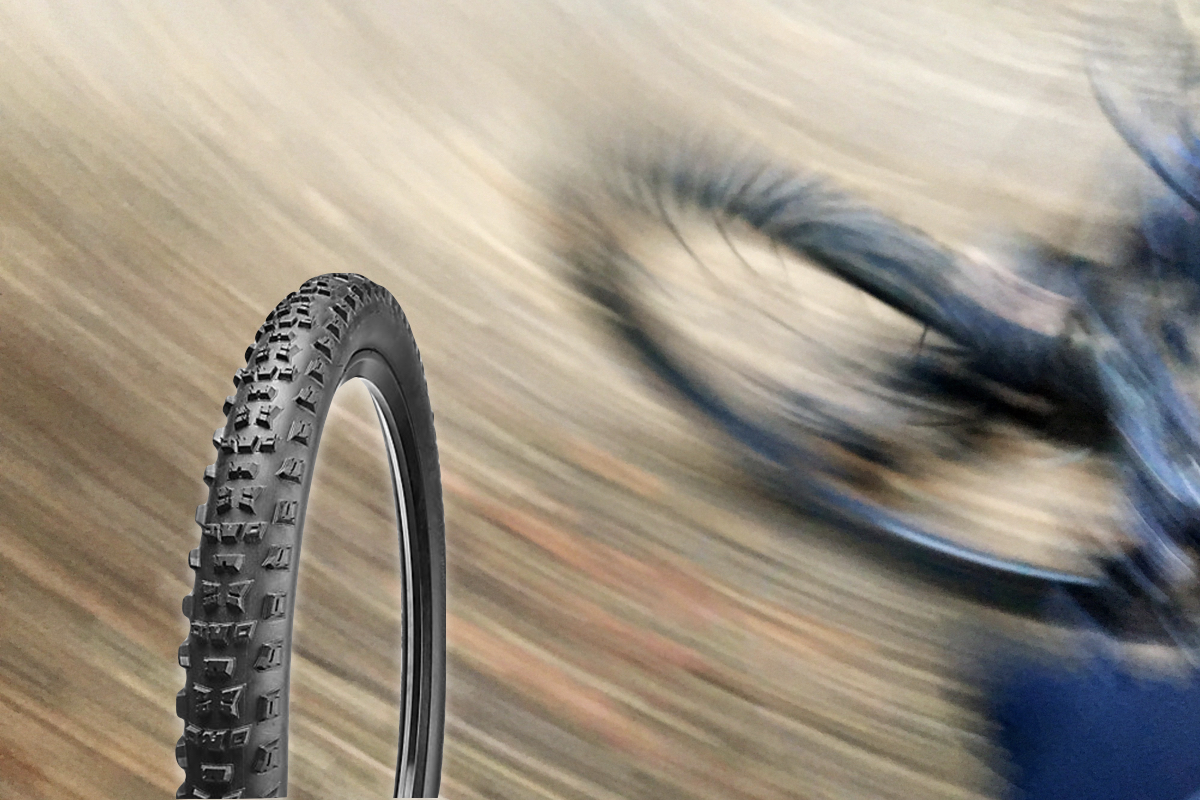Recently I had an interesting conversation with former Olympic Champion MTB, Bart Brentjens about how you should review a bike. What components are particular to the bike and what isn’t. Because, besides the frame, the performance of a bicycle is greatly dependent on all its moving parts that you can be combined in all manner of variations and constellations on your bike. But these are oftentimes not particular to the bike itself. That is why we often focus in reviews on what a frame does or does not do and how it feels.
In addition to that frame, there are actually only a few components that really contribute significantly to the performance of a bicycle: the group set and drive train, (with all the different variations available on the market) are always focus of attention and debate, but not necessarily decisive for the performance of the bike. Obviously, you can feel a difference in quality in how quickly and smoothly gears are changed, and as you use them longer, you will also notice durability. But most good groups will change a gear well, and the most expensive ones will not necessarily make you ride better or faster.
Tires, on the other hand, really influence the performance of your bike. The width naturally is a major factor, but also the tread/profile of tires. There are huge differences between available treads and how fast your bike will roll, how well it grips in corners, how it keeps traction on different surfaces. This spring we will pay more attention to tires and what they do for your ride.
We’re starting with the review of part 1 of a nice Specialized tire set. Two different tires for the front and rear wheels. The logic behind that is that the front wheel just has a different role than the rear wheel. The front wheel needs to have grip and to steer sharply, the rear wheel needs to keep traction but without too much rolling resistance to power your bike quickly through the trail.
 On the front wheel I had the Purgatory Grid 2.3 inch and on the rear wheel we had the Specialized Ground Control 2.3 inch (A separate review will follow later on.) Both robust thick tires that fit well with the type of bike they were on (enduro bike). The Purgatory really needs to provide grip and with its strong wall construction, it is also good for absorbing the impact after jumps well. On a previous bike with which I did some jumps and drops on the street, I regularly got flat tires when I landed, until I put the Purgatory on it. In that case, the Purgatory was on my rear wheel. Now I ride it on the front wheel.
Both tires are real trail tires that aim at versatility. With open profile so that the tire retains little or no mud between the knobs.
On the front wheel I had the Purgatory Grid 2.3 inch and on the rear wheel we had the Specialized Ground Control 2.3 inch (A separate review will follow later on.) Both robust thick tires that fit well with the type of bike they were on (enduro bike). The Purgatory really needs to provide grip and with its strong wall construction, it is also good for absorbing the impact after jumps well. On a previous bike with which I did some jumps and drops on the street, I regularly got flat tires when I landed, until I put the Purgatory on it. In that case, the Purgatory was on my rear wheel. Now I ride it on the front wheel.
Both tires are real trail tires that aim at versatility. With open profile so that the tire retains little or no mud between the knobs.Purgatory Grid
 The Purgatory has fairly widely spaced knobs and run over the sides of the tire to help you keep grip when you lay down you bike in flat turns. If you want to be able to speed through these you really have to get your bike at a good angle and then that grip on the sides of the tire is really necessary.
The knobs that run over the middle of the tire are also pretty pronounced, again focused on handlebar grip. It was good to feel how the Purgatory really bites into the trail, and the strong sidewall construction gives a lot of stability. Even with less air in the tire, the tire does not roll quickly.
The Purgatory has fairly widely spaced knobs and run over the sides of the tire to help you keep grip when you lay down you bike in flat turns. If you want to be able to speed through these you really have to get your bike at a good angle and then that grip on the sides of the tire is really necessary.
The knobs that run over the middle of the tire are also pretty pronounced, again focused on handlebar grip. It was good to feel how the Purgatory really bites into the trail, and the strong sidewall construction gives a lot of stability. Even with less air in the tire, the tire does not roll quickly.
 If the ground becomes too loose (like real sand grounds) you will notice that the Purgatory almost grips too much and really digs into the sand. I remember a stretch of trail where it had rained recently and the tires cut deep into the sand through a somewhat harder surface to a softer underlayer. Under that circumstance, the profile was full of soft and sticky sand.
In all honesty, I don’t think any tire would handle that without problems. Perhaps you will have less of this with a really slick-like XC tire. And if you run the tires a bit softer than I did, you will have a little more float on this type of surface. But it will always remain a difficult circumstance for any tire.
The tire rolls well for a trail-oriented tire. You can ride the more rugged XC work well with the Purgatory.
Finally, I have already done quite a few kilometers with the tire, but the nobs remain are in great condition, the edges are still sharp, and wear and tear hardly have seemed to set in yet. The tire is foldable so you can also take it as a spare in your car or backpack on longer rides.
If the ground becomes too loose (like real sand grounds) you will notice that the Purgatory almost grips too much and really digs into the sand. I remember a stretch of trail where it had rained recently and the tires cut deep into the sand through a somewhat harder surface to a softer underlayer. Under that circumstance, the profile was full of soft and sticky sand.
In all honesty, I don’t think any tire would handle that without problems. Perhaps you will have less of this with a really slick-like XC tire. And if you run the tires a bit softer than I did, you will have a little more float on this type of surface. But it will always remain a difficult circumstance for any tire.
The tire rolls well for a trail-oriented tire. You can ride the more rugged XC work well with the Purgatory.
Finally, I have already done quite a few kilometers with the tire, but the nobs remain are in great condition, the edges are still sharp, and wear and tear hardly have seemed to set in yet. The tire is foldable so you can also take it as a spare in your car or backpack on longer rides.








